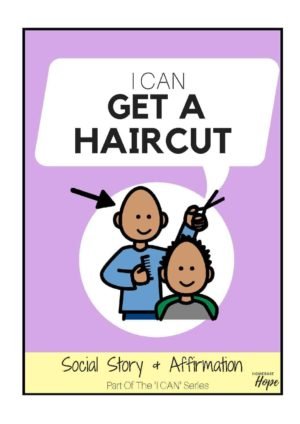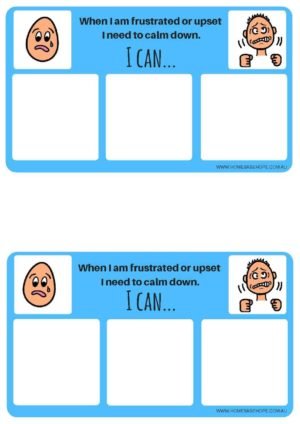*First published at www.southwestmums.com
On the 2nd of April every year is ‘World Autism Awareness Day’. I know, I’m a bit late. But this is an intentionally delayed post. Why? Because we need ‘Autism Awareness Everyday’ . In fact, we need ‘Autism Inclusion Everyday’. Because awareness alone doesn’t encourage action.
Kids on the spectrum can feel very disconnected and alone in the world. So let’s look at some ways we can foster inclusion for children with autism everyday.
The child who is non-verbal
Some children with autism don’t talk and may have very little communication skills. They appear to be in their ‘own world’. My advice is to join it! Join their world and do what they do. If they love stacking blocks, stack blocks too. If they love horses, architecture or staring out the window and watching rain drops fall from the sky, become intrigued in that too. Your curiosity in their interests can be enough to engage them.
When you join their world, don’t dive in with pre-conceived ideas about what they can and can’t do. Be open minded to possibilities, as they can learn a lot more than what people expect.
The school-aged child
Many children on the spectrum feel ‘different’. They are commonly misunderstood, left out, ridiculed and bullied. This can make for a very isolating and depressing school experience, and no child deserves this.
If you are a parent of a child with autism who is struggling at school, I cannot stress enough how important it is to be your child’s advocate. Be their voice and educate teachers on the challenges your child may be facing in the classroom and on the playground. Together, brainstorm ways to ensure inclusion is truly present at your school. Strategies for fostering inclusion may include:
Differentiated instructions: All children learn in different ways. Children on the spectrum tend to learn best when verbal instructions are paired with visual information. Your child’s teacher may use visuals in the classroom to facilitate clear communication and expectations.
Buddy bench: At my daughter’s school there is a ‘buddy bench’, where if a child feels lonely they can sit on the bench and other students in the playground are encouraged to invite that child to play. What a brilliant inclusive idea that is initiated at the level of the student, not the teacher!
Reduce sensory overload: Many children on the spectrum are over-responsive to sensory input. A noisy assembly, flickering fluorescent lights or the push and shove when lining up to go into the classroom can be enough to send a child with autism straight into sensory meltdown mode. Creating an environment which is sensory sensitive is of paramount importance.
Capitalise on special interests: Children learn best when activities are fun and motivating. Many kids on the spectrum have intense interests in a particular toy, object or theme. Use this to your advantage! If your child is obsessed with trains, use trains to teach maths, handwriting and science. It just takes a little creativity!
The job seeker
Teens and adults with autism experience many barriers gaining employment. Successful job candidates usually have excellent communication and social skills – something that is often lacking in people with autism. This makes landing a job extremely stressful and difficult.
While people with autism may not cruise through the interview process, they may well be the best person for the job. People with autism have many exceptional qualities to offer a workplace including:
-
- attention to detail
-
- excellent memory
-
- honest and reliable
- strong work ethic
In addition to this, people on the spectrum offer a different perspective which is highly valued. Many are gifted with exceptional visual processing, logic and intense attention to detail making them extremely successful in the tech and computer industry. Organisations need to embrace diversity and take advantage of the unique talents and skill sets which people on the spectrum can provide.
Different, yes. But certainly not less.
You see, there is a lot which can be done on a daily basis to support and include people with autism. And at it’s core, it’s about recognising the humanity in all people.
We all want to feel loved and accepted, and people on the spectrum are no different. If we can change our mindset and reframe our perspective, life for these kids would look a whole lot brighter. We would open up a world of opportunities and possibilities.
So, I implore you – be the change. Be kind, be patient and be inclusive. Be a guiding light and part of the ripple effect for Autism Inclusion Everyday. It’s not a one day celebration, it’s a way of life.
With love and hope,









